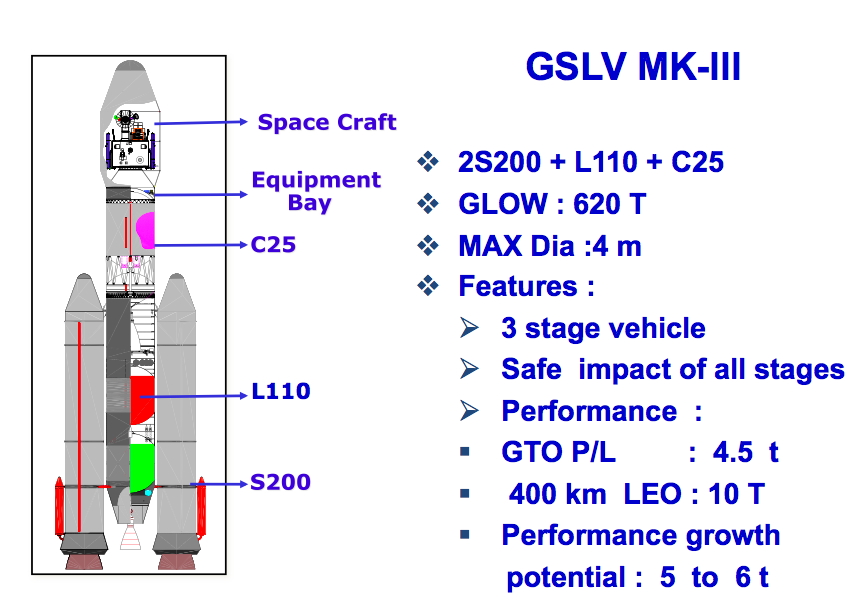A.V.
New Member
- Joined
- Feb 16, 2009
- Messages
- 6,503
- Likes
- 1,157
India successfully tests world's 3rd largest and Asia's largest solid rocket booster
Indian Space Research Organisation successfully conducted the static test of its largest solid booster S200 at Satish Dhawan Space Centre (SDSC), Sriharikota today (January 24, 2010). The successful test of S200 makes it the third largest solid booster in the world, next to the RSRM solid booster of Space Shuttle and P230 solid booster of ARIANE-5. The S200 solid booster will form the strap-on stage for the Geosynchronous Satellite Launch Vehicle Mark III (GSLV-Mk III) which is currently under advanced stage of development for launching 4 ton class of communication satellites.
S200 solid booster contains 200 tonnes of solid propellant in three segments. The motor measures 22 meter long and 3.2 meter in diameter. The design, development and successful realisation of S200 solid booster were a pure indigenous effort involving Vikram Sarabhai Space Centre, Thiruvananthapuram and Satish Shawan Space Centre (SDSC) at Sriharikota with the participation of Indian Industries. The S200 solid booster derived its heritage from the solid boosters developed earlier for the ISRO launch vehicle programme. The preparation and casting of S200 solid booster segments were carried out at the newly established Solid Propellant Plant (SPP) at SDSC, Sriharikota.
During the test, the S200 booster was fired for 130 seconds and generated a peak thrust of about 500 tonnes. The performance of the booster was exactly as predicted. Nearly 600 health parameters were monitored during the test and the initial data indicates normal performance.
Todays successful test of S200 is a major milestone in the solid rocket motor programme of ISRO and a vital step in the development of GSLV Mk III
http://www.isro.org/pressrelease/scripts/pressreleasein.aspx?Jan24_2010
Indian Space Research Organisation successfully conducted the static test of its largest solid booster S200 at Satish Dhawan Space Centre (SDSC), Sriharikota today (January 24, 2010). The successful test of S200 makes it the third largest solid booster in the world, next to the RSRM solid booster of Space Shuttle and P230 solid booster of ARIANE-5. The S200 solid booster will form the strap-on stage for the Geosynchronous Satellite Launch Vehicle Mark III (GSLV-Mk III) which is currently under advanced stage of development for launching 4 ton class of communication satellites.
S200 solid booster contains 200 tonnes of solid propellant in three segments. The motor measures 22 meter long and 3.2 meter in diameter. The design, development and successful realisation of S200 solid booster were a pure indigenous effort involving Vikram Sarabhai Space Centre, Thiruvananthapuram and Satish Shawan Space Centre (SDSC) at Sriharikota with the participation of Indian Industries. The S200 solid booster derived its heritage from the solid boosters developed earlier for the ISRO launch vehicle programme. The preparation and casting of S200 solid booster segments were carried out at the newly established Solid Propellant Plant (SPP) at SDSC, Sriharikota.
During the test, the S200 booster was fired for 130 seconds and generated a peak thrust of about 500 tonnes. The performance of the booster was exactly as predicted. Nearly 600 health parameters were monitored during the test and the initial data indicates normal performance.
Todays successful test of S200 is a major milestone in the solid rocket motor programme of ISRO and a vital step in the development of GSLV Mk III
http://www.isro.org/pressrelease/scripts/pressreleasein.aspx?Jan24_2010
















